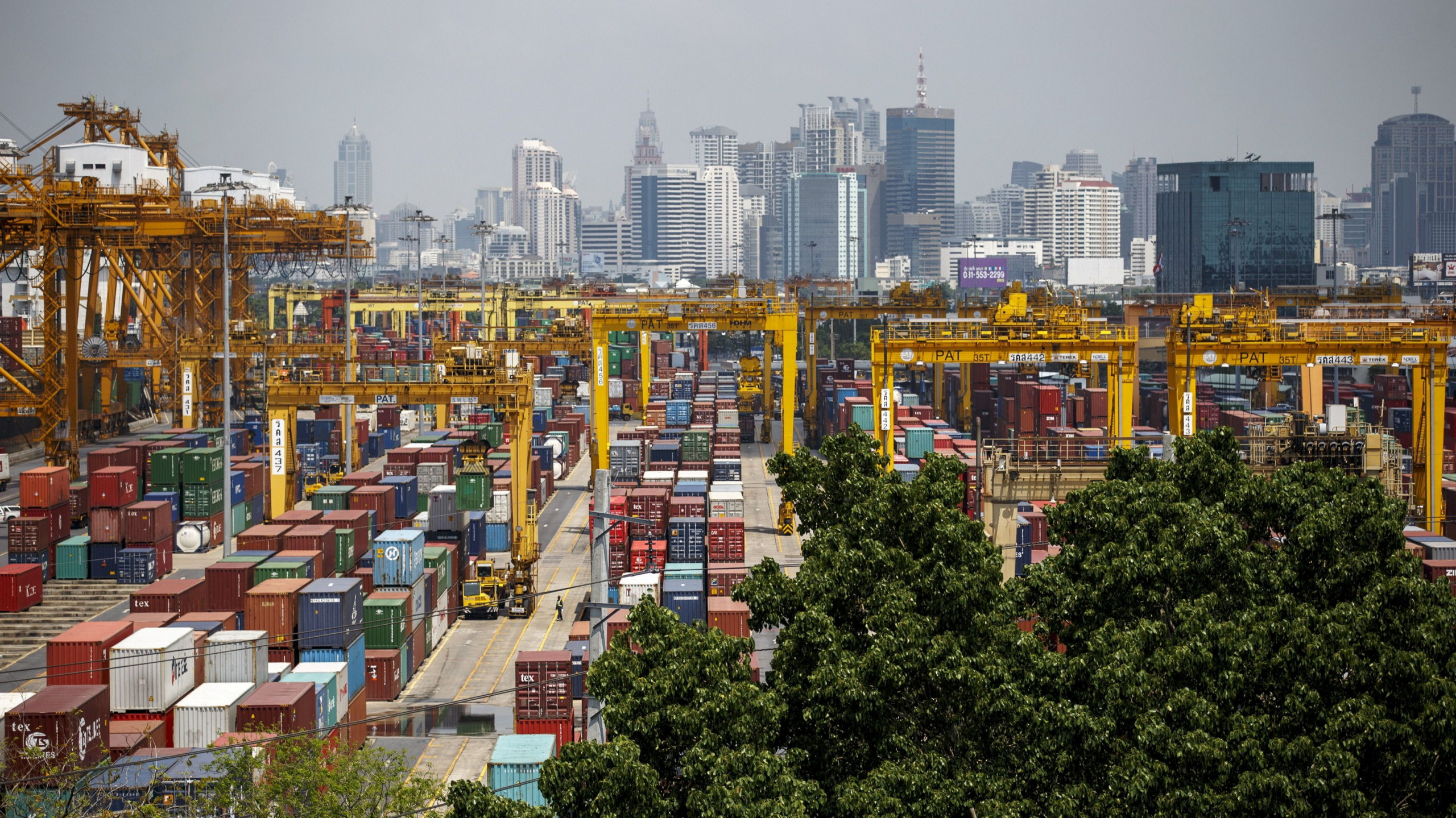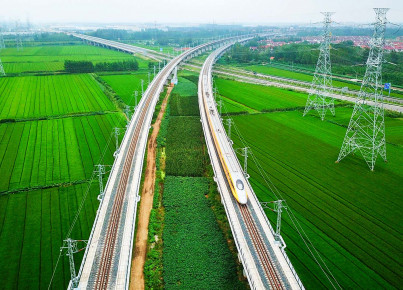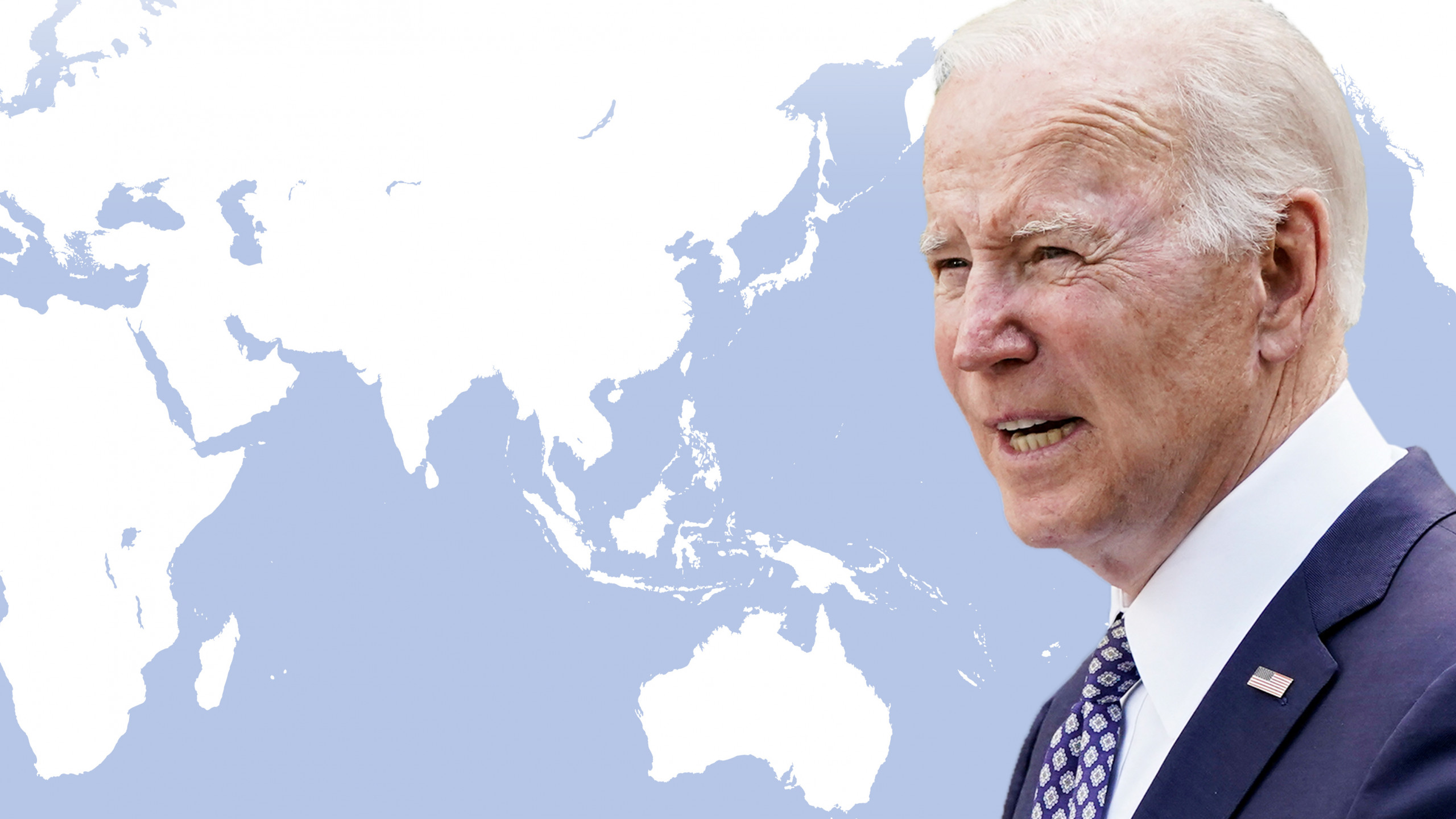In the years preceding the Covid-19 pandemic, ASEAN countries competed to become the fourth world economy power within 2030, but several lockdowns, waves and millions of infections have put on stand-by this major goal..
For millennia, Asia has amazed and surprised the West with new discoveries and great steps forward in technologies and economic fields. In this precise historical moment, expectations that the whole world, but first and foremost the various ASEAN countries, place on the Asian rebirth are delaying being actualized but this doesn’t mean that they will not materialize. According to data processed by Oxford Economic, the prolong of the pandemic is only delaying the restart of ASEAN countries. In the first trimester of 2021, Indonesia, Thailand and the Philippines, the three majors Southeast Asian economies, have found themselves obliged to actualize several measures of containment to cope with new waves of infections, respectively registering a contraction of 0.7%, 2.6% and 4.2% of GDP compared to the same period of 2020. Therefore, if analysts have revised downward the block’s growth previsions for the current year, from 5.5% to 4.9%, positive signals that arrive from global trade and the gradual return of investments suggest an even stronger recovery in 2020 (+6.5%).
For the most part of ASEAN countries, the second semester of 2020 was the first period in which the influence of the pandemic has made itself felt. For this reason, it will be easier for regional economies to register an annual growth in the ongoing trimester. However, the future is still wrapped in uncertainty due to the recent worsening of the virus throughout the region. Restrictions have slowed private consumption expenditure, which fell 0.5% year-over-year in the first quarter, outpacing the 0.9% growth registered in the fourth quarter of 2020.
The progress of vaccination programs in every country will have an impact on people’s expenditure. On May 5th of this year, the Bank of Thailand made economic projections based on certain scenarios: whether 100 million doses of vaccination will be distributed by the end of 2021 to achieve herd immunity by the first quarter of 2022, the economy will grow 2.0% in 2021 and 4.7% in 2022. A delay in achieving herd immunity until the third quarter of 2022 would reduce economic growth in the region to 1.5% in 2021 and 2.8% in 2022. If it takes until the last quarter of 2022, the economy will only grow 1.0% and 1.1%, according to the bank’s projections.
During the first trimester, Thailand was hit by the second and the third wave of the virus. The second one, that developed in half December and lasted until the beginning of February, brought to shorter opening times, and the closure of activities such as coffee shops, pubs with karaoke and massage parlors in the metropolitan area of Bangkok. After protests of the catering sector, the government began to allow the access to food services also in the most hit provinces. Nevertheless, entrances of restaurants remained low, as seating capacity was limited to 25%. Restrictions slowed private consumption expenditure, which fell 0.5% year-over-year in the first quarter, outpacing the 0.9% growth registered in the fourth quarter of 2020. The lack of tourists has not helped the economy. Although the Thai government is keen to open the country given its dependence on tourism, waves of viruses have disrupted visitor flows. Exports of services, which include spending by non-residents such as tourists, declined 63.5% in the three months ended March. Merchandise exports grew for the first time in four quarters, posting a 3.2% increase.
Malaysia was on track to satisfy official previsions of growth of 6% to 7.5% until the coronavirus pandemic struck in March 2020. Nevertheless, the country has continued to work to achieve the predicted growth in Gross Domestic Product (GDP) between 6.0% and 7.5% in 2021. The Malaysian government’s future strategy includes a greater focus on the economic sectors most affected by the coronavirus pandemic such as tourism and retail. Kuala Lumpur will wait for the recovery to take hold before considering any new taxes. Since the objective is to relaunch the economy, this will only be possible through a balance between short-term fiscal injection and the fiscal consolidation of medium and long-term.
In the Philippines, the government spoke of the country’s potential to return to a rapid growth rate, aided by government spending and an eventual end to blockades. GDP fell 4.2% in the March quarter compared to a year earlier. The Philippine economy shrank more than expected in the first quarter, although sequential momentum showed that a recovery was underway and suggested that the central bank will keep rates at historic lows. The economy also improved on a sequential basis, with production up 0.3% from the previous three months on seasonally adjustment terms to mark its third consecutive quarter-over-quarter growth. Manila is battling one of Asia's worst coronavirus outbreaks with over one million recorded cases and over 18.000 deaths. A new wave of infections since March has prompted the re-imposition of stricter mobility limits, but the new daily cases are down from the peak.
An example of a successful Covid-19 containment and economic recovery strategy is certainly that of Vietnam. With one of the lowest case rates and deaths in the world, Vietnam’s journey against COVID-19 has stood out in Southeast Asia and around the world. The government has been widely credited with the country’s success in keeping transmission rates of COVID-19 under control due to its rapid decision-making process, effective public health messages and aggressive contact tracing, although not without criticism. But, as in other countries, movement restrictions and social distancing measures to reduce the spread of COVID-19 have affected people’s livelihoods. Some families relied on aid for their basic needs. Others, such as informal workers who were unable to submit documentation to access government aid, relied on charity for assistance. Several Vietnamese social organizations working with disadvantaged rural communities, have provided food parcels and loans to families in Central Vietnam, where livelihoods are secured through agricultural labor. The government allocated IPA 63 trillion, about USD 2.6 billion, for social assistance, but the aid was largely inaccessible to those who lacked legal documentation or worked in the informal sector. There are many communities that have not yet received aid from the government program. The executive narrative does not discriminate, but some of its regulations and conditions inevitably pose obstacles for some members of the population. Therefore, Hanoi will have to work to ensure better social inclusion if it wants to maintain the title of “successful economy” among ASEAN countries.
World Bank estimates
Asia-Pacific’s economic recovery is at risk of a setback due to the spread of the Delta variant of the coronavirus and the protracted stress on businesses and households, which will likely result in a slowdown in economic growth and further increase in inequality. This is the analysis made by the World Bank in its latest update on the regional economy. The Bank noted a slowdown in economic activity beginning in the second quarter of 2021, and consequently revised its growth previsions downward for most economies in the region. While China’s GDP growth prevision is being raised over the April revisions from 8.1 to 8.5%, the rest of the region will grow on average this year by 2.5%, almost two percentage points less than the organization’s previous projection.
Among economies with the most marked reduction in growth previsions are those of Southeast Asia mentioned above: for Thailand, the World Bank now foresees growth of just one percent in 2021, compared to the 3.4% projected in April. Vietnam, where the pandemic has hit the main economic and productive centers hard, sees its GDP growth estimate for the current year fall from 6.6% to 4.8%, and Malaysia is also expecting a similar reduction: from 6 to 3.3%. The adjustment made by the World Bank to previsions for Indonesia is more limited, which could grow by 3.7% this year (in April the estimate was 4.4%).
In conclusion, it can be said that the global economic recovery continues, but with a widening gap between advanced economies and many of the emerging and developing markets. Growth prospects for advanced economies this year improved by half a percentage point, but this is balanced by a downward revision for emerging markets and developing economies, led by a significant downgrade of growth for emerging Asian countries.






